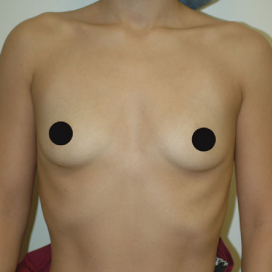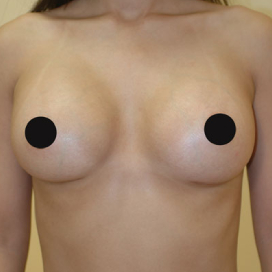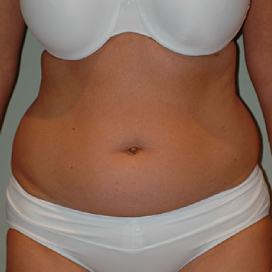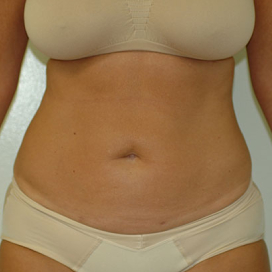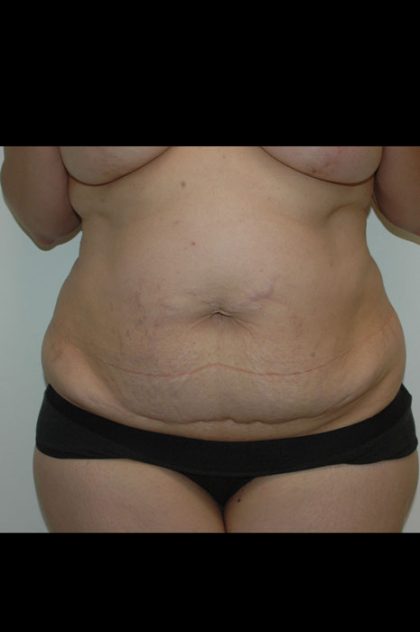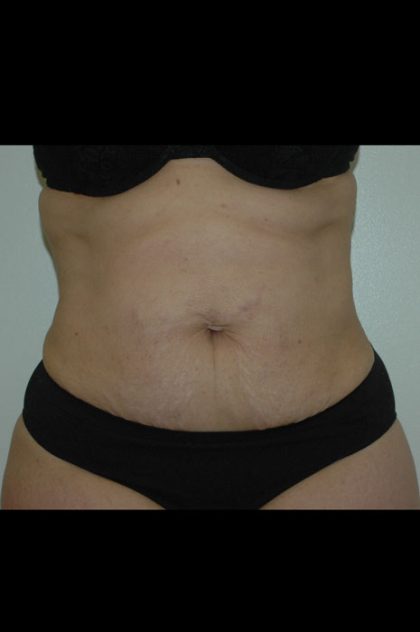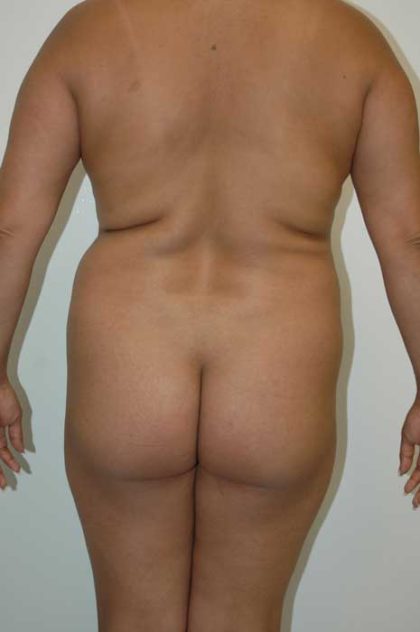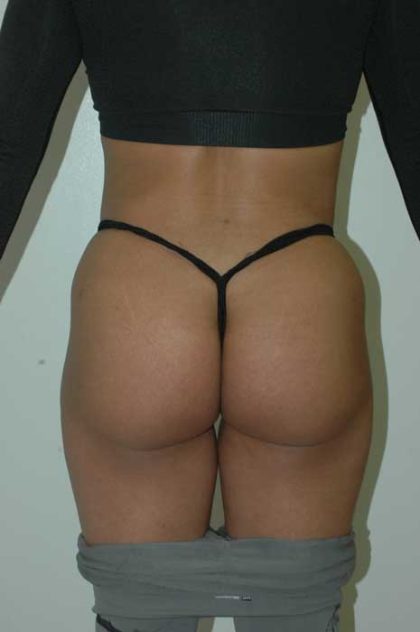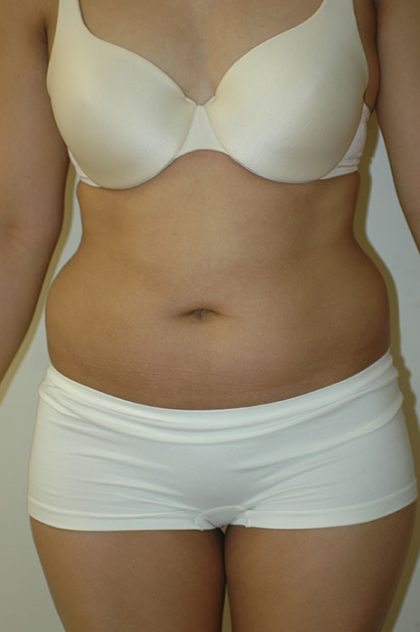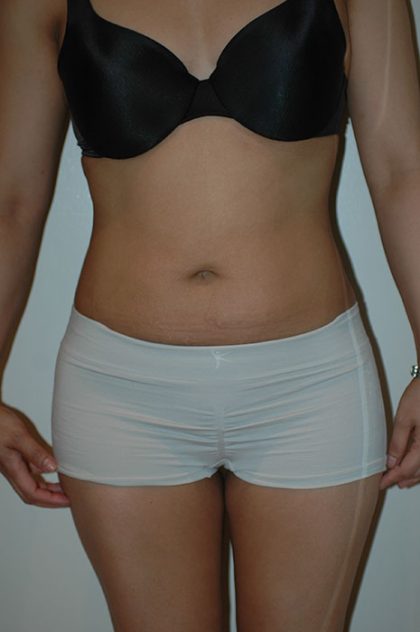Liposuction
Conveniently located to serve the areas of New Jersey

Liposuction is a body contouring treatment that removes excess fat with suction to help you achieve a slimmer contour. Stubborn pockets of fat in the abdomen, arms, hips, thighs, and flanks can be difficult to eliminate with a healthy diet and exercise. As you age, changes to your metabolism can also impact your ability to maintain a slim figure. Surgeons performed this popular procedure over 491,000 times in 2021 to help patients meet their body goals. (1)
Dr. Michael Gartner is a double-board-certified plastic surgeon with decades of experience helping patients enhance their figures with innovative body contouring methods. He can strategically sculpt your body to help you achieve a physique you feel good about.
Contact our office or call to schedule an appointment at one of the following locations:
Before and After Photos
Contents
- 1 Before and After Photos
- 2 About Liposuction
- 3 Liposuction Benefits
- 4 Liposuction Candidates
- 5 Consultation
- 6 Liposuction Preparation
- 7 Liposuction Procedure
- 8 Liposuction Recovery
- 9 Liposuction Results
- 10 The Cost of Liposuction in New York
- 11 FAQ
- 11.1 Are surgical garments needed after liposuction?
- 11.2 Which areas of the body does liposuction treat?
- 11.3 What is the safest method of liposuction?
- 11.4 Does liposuction affect the skin’s appearance?
- 11.5 Can liposuction help me lose weight?
- 11.6 Can liposuction remove cellulite?
- 11.7 Are there any dietary or lifestyle changes I need to make before or after liposuction?
- 11.8 What are the potential risks and complications associated with liposuction?
- 11.9 Will liposuction leave visible scars?
- 12 References
About Liposuction
Liposuction, also known as liposculpture, safely removes excess, stubborn pockets of fat and contours your body without damaging surrounding tissue for natural results. If you wish to remove fat cells that do not respond to nonsurgical methods such as diet changes and exercise, this surgical procedure can help you achieve the body contours you desire. However, liposuction primarily targets excess fat deposits and may not effectively address loose skin. If you have sagging skin, we can combine liposuction with other procedures such as a tummy tuck or body lift to provide comprehensive body contouring and address both excess fat and loose skin.
Liposuction Techniques
There are different types of liposuction techniques available to help you meet your goals:
- Traditional liposuction involves the use of a cannula, tumescent fluid, and suction to remove fat.
- Ultrasound-assisted liposuction (UAL) emulsifies the excess fat cells and removes them with suction. Bubbles in the tumescent fluid dislodge your fat cells for easy removal. VASER (Vibration Amplification of Sound Energy at Resonance) emulsifies excess fat and strategically sculpts your figure by enhancing muscle definition.
- Laser-assisted liposuction (LAL) alters the structure of your fat cells for easy removal and a smoother figure.
Each technique has its advantages and considerations, and Dr. Gartner will recommend the most suitable option based on your needs. He will customize your procedure to target localized fat deposits differently without damaging other tissue to help you achieve a smoother contour.
What is J-Plasma?
Renuvion (J-Plasma) is a radiofrequency treatment that tightens loose skin with plasma-rich helium. Sagging skin is a common issue for individuals who recently experienced weight changes because excess fat can stretch your skin. During a Renuvion treatment, the heat from radiofrequency and plasma triggers collagen production (neocollagenesis) to tighten loose tissue. By performing Renuvion and liposuction together, we can address two concerns in one appointment. If you also have stretch marks from weight changes, we can perform a fractional skin resurfacing treatment during your procedure for a more even skin tone.
Liposuction Benefits
Many patients enjoy liposuction because it:
- Removes stubborn fat deposits in several areas of the body, including the breasts (breast reduction), lower abdomen, upper arms, love handles, back, and legs.
- Eliminates subcutaneous fat cells that form a layer under the skin and are accessible with cannulas.
- Offers a less invasive alternative to plastic surgery without leaving extensive scars.
- Is an effective “spot treatment” that removes pockets of fat to flatten bulges, and reduce gynecomastia (male breasts), thigh fat, and a double chin.
- Defines your facial profile for a slimmer look.
- Contours your body with local anesthetic rather than general.
Liposuction Candidates
The best candidates are individuals who lead healthy lifestyles and would like to eliminate excess fat with a minimally invasive procedure. Candidates should be within 20-25 lbs of their goal weight. Those who are at or near an ideal BMI (body mass index) will have more satisfying liposuction results. The liposuction procedure is designed to sculpt and treat problem areas, it is not designed to provide significant weight loss and size reduction.
Ideal candidates do not have diabetes, immune disorders, heart disease, lung disease, or any other illness that could impair the healing process. If you are not a candidate for liposuction, we offer non-surgical alternatives that can help reduce fat and contour the body. However, it is important to note that non-surgical alternatives are typically more suitable for mild fat reduction and body contouring. Also, we will not be able to access deep tissue within the abdominal wall.
Consultation
Dr. Gartner will examine you and discuss the possible treatments that could help you achieve your goals. He will discuss the pros and cons of each procedure and provide a customized plan. Contact Dr. Gartner today and take the next step toward a body contour you will love. We offer several services including breast reduction, tummy tuck, breast lift, breast implant revision, breast augmentation, and mommy makeover to help you look your best. Check out the results in our photo gallery.
Liposuction Preparation
It is essential to discuss your lifestyle so we can make recommendations.
- Stop smoking at least two weeks before your procedure date. You will need to avoid alcohol 1-2 weeks prior as well.
- Stop taking certain medications, supplements, and chemical peels that can lead to bleeding.
- You will need to arrange for someone to drive you home after your procedure and to stay with you for the first 24-48 hours.
- Avoid eating and drinking after midnight before your surgery.
- On the day of the procedure, you will need to shower with antibacterial soap; do not apply any lotions or perfume.
- Arrange for child and pet care.
- Clean your house and do all the laundry for a smoother recovery.
- Prepare a supply of loose-fitting, comfy clothes to lounge in.
- Run errands the week before your procedure to stock up on all food and household items you will need.
- Have extra towels, pillows, tissues, blankets, magazines, movies, and books on hand.
- You should fill your postoperative prescription from Dr. Gartner, so you have the antibiotics and pain relievers readily available.
- Prepare extra meals ahead of time so you will not have too much work to do once you get home.
Liposuction Procedure

We will perform your procedure at our beautiful, state-of-the-art facility. The American Association for Accreditation of Ambulatory Surgery Facilities (AAAASF) has credited us with the highest possible certification an ambulatory center can obtain in the U.S. Here is a general overview of how liposuction works, including some insights from Dr. Gartner:
- Anesthesia: Dr. Gartner administers preemptive anesthesia just before surgery. He will use a local anesthetic with oral sedation or general anesthesia.
- Incision: He will make one or more tiny incisions measuring just a few millimeters in the treatment areas. These are well-hidden in natural creases of your body or below your underwear lines.
- Cannula insertion: He may add a special infiltration fluid (tumescent fluid) to the area. He will insert a blunt-tipped cannula (suction device) through the incision to remove fat using a back-and-forth motion to loosen the fat cells. Microcannulas also permit smoother results, and less tissue trauma and bruising. A liposuction cannula is a small tube that your surgeon inserts through a tiny incision to remove subcutaneous fat.
- Fat removal: He will use a suction device connected to the cannula to remove the fat cells from the body. Dr. Gartner will carefully control the amount of fat that is removed to ensure the best possible results.
- Incision closure: He will remove all pockets of fat, stitch the incisions closed, and cover them with protective tape.
Liposuction is generally considered a safe and effective procedure when performed by a qualified and experienced plastic surgeon like Dr. Gartner.
Liposuction Recovery
Recovering from liposuction is typically a straightforward process, but it can take a few weeks to fully heal from the procedure. The recovery period after liposuction varies depending on the extent of the procedure and individual healing factors. Most patients can return to work within a week and resume normal activities within a few weeks. After the surgery, you will need to avoid strenuous activities, including aerobic exercise, for a few weeks to minimize swelling and reduce the risk of bleeding. Dr. Gartner will likely ask you to monitor your calorie intake post-procedure to ensure you do not put on excess fat and that your tissue has optimal blood flow while healing. It is important to follow your surgeon’s post-operative instructions for the best results.
Post-Operative Care
It is important to note that immediately after the procedure, you may have fluid retention. The true results of liposuction will gradually become apparent over the following weeks as your body heals. With patience and proper care, you can achieve your desired shape and feel confident in your silhouette once again. During this time, you may experience swelling, bruising, and discomfort during the initial stages of recovery. Dr. Gartner will provide detailed post-operative instructions to help you manage your recovery and ensure optimal healing. He may advise you to wear a compression garment designed to control swelling and help your skin retract.
Liposuction Results
The final results of liposuction are typically seen after the swelling subsides and the body has healed completely, which may take several weeks. However, you will notice an immediate improvement in the contours of the treated areas after the initial swelling goes down. If you have excess fat in certain areas of your body but are generally happy with your overall weight, liposuction can help refine your figure and improve your confidence.
The Cost of Liposuction in New York
The cost of liposuction can vary based on several factors, including the extent of the procedure, the number of areas treated, and any additional fees such as anesthesia and facility charges. We can introduce you to reputable medical financing companies if you wish to offset the expense of liposuction surgery with smaller monthly payments. It is important to have a detailed consultation with Dr. Gartner to receive an accurate cost estimate based on your specific case.
Contact our office or call to schedule an appointment at one of the following locations:
FAQ
Are surgical garments needed after liposuction?
Surgical garments are commonly worn after many types of cosmetic surgery. They come in different styles but are generally made from highly elastic fabric. After liposuction, patients should wear tight compression garments in the form of a girdle and/or leggings. During the first 3 to 6 weeks post-op, gentle, consistent compression can, 1) reduce bleeding and bruising, 2) reduce swelling faster and, 3) help conform your tissue to its desired shape. For a few weeks, we may require you to wear the garments under your clothes, except when showering.
Which areas of the body does liposuction treat?
Popular treatment areas for women include the abdomen, breasts, inner and outer thighs, knees, waist, back of the arms, buttocks, cheeks, chin, and neck. For men, the most common areas include the chin and neck also, along with the flanks (love handles) , abdomen, and breast area. Roughly 15-20% of New York City liposuction patients are men.
What is the safest method of liposuction?
We can perform liposuction in a private outpatient surgical facility or a hospital. Tumescent liposuction is the safest type of liposuction. We use general anesthesia or local and IV sedation. For smaller areas, IV sedation, which keeps the patient awake, is quite common. Whenever appropriate, local anesthesia is generally considered safer.
Does liposuction affect the skin’s appearance?
Many patients want to know if liposuction will cause scars or unwanted changes to the skin. Your skin elasticity and firmness will contribute to your results. Toned, elastic skin tends to create smooth, even results. However, for those who have stretched, thinning, or sagging skin, the result can appear unsatisfactory after removing underlying fat. Your surgeon will examine you to determine if you are a good candidate for liposuction. Scars resulting from modern liposuction are typically tiny and placed in natural creases or well-hidden areas. Once healed, they should be nearly invisible.
Can liposuction help me lose weight?
Liposuction is not a weight loss solution, but it can help contour and reshape areas of the body where excess fat has accumulated. The ideal candidate for liposuction is someone who is already at or near their target weight and has specific areas of concern. Liposuction is not intended as a weight loss method. We can contour your body with liposuction and improve your proportions, but the procedure is not a substitute for weight loss.
Can liposuction remove cellulite?
Liposuction is not specifically designed to remove cellulite. However, certain techniques such as laser-assisted liposuction (LAL) may help to improve the appearance of cellulite to some extent.
Are there any dietary or lifestyle changes I need to make before or after liposuction?
Your surgeon may provide specific dietary and lifestyle recommendations before and after liposuction to optimize your results and ensure a smooth recovery. This may include maintaining a healthy diet, staying hydrated, avoiding certain medications or supplements that can increase the risk of bleeding, and gradually resuming physical activities as advised by your surgeon.
What are the potential risks and complications associated with liposuction?
Like any surgical procedure, liposuction carries potential risks and complications. These can include infection, bleeding, fluid accumulation, changes in sensation, scarring, contour irregularities, and unfavorable aesthetic results. It is important to choose a board-certified plastic surgeon to minimize these risks and ensure your safety.
Will liposuction leave visible scars?
During a liposuction procedure, your surgeon will make a tiny incision and strategically place them to minimize their visibility. Over time, the scars will fade and become less noticeable. Your surgeon will use scar management techniques to help optimize healing and minimize the appearance of scars.
References
- “Liposuction Complications in the Outpatient Setting: A National Analysis of 246,119 Cases in Accredited Ambulatory Surgery Facilities.” Aesthetic Surgery Journal. Open Forum, vol. 6, 28 Nov. 2023, www.ncbi.nlm.nih.gov/pmc/articles/PMC10860384/#:~:text=Suction%20lipectomy%20(liposuction)%20is%20one, https://doi.org/10.1093/asjof/ojad107.
- Boeni, Roland, and Paul v. Waechter-Gniadek. “Safety of Tumescent Liposuction under Local Anesthesia in 9,002 Consecutive Patients.” Dermatologic Surgery, vol. Publish Ahead of Print, 16 Apr. 2021, https://doi.org/10.1097/dss.0000000000002987. Accessed 1 Aug. 2021.

